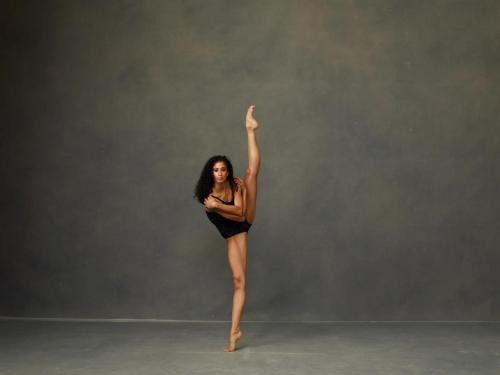Lateral Foot Pain - Cuboid Syndrome – Part One
Cuboid syndrome is a condition that causes lateral foot pain. In forty percent of cases Cuboid syndrome is associated with lateral ankle sprains (inversion sprain). This syndrome affects the joint (capsule), ligaments, and tendons (peroneus longus tendon).
This syndrome is defined as a “minor disruption or subluxation of the structural congruity of the calcaneocuboid portion of the midtarsal joint”. In laymen’s terms, the cuboid bone has moved from its normal position in the joint.
It is a common syndrome, but not well-recognized by practitioners. Cuboid syndrome also goes by several other names: subluxated cuboid, dropped cuboid, cuboid fault syndrome, and lateral plantar neuritis.
Anatomy/Biomechanics
The calcaneocuboid joint is a vital link in lateral foot stability. This joint is susceptible to sudden injury or chronic strain, which can cause this joint to partially dislocate or subluxate.
- Joint Anatomy: The cuboid articulates with the fourth and fifth metatarsals forming a joint (tarsometatarsal joint). It also articulates with the heel bone (calcaneus), forming a joint (calcaneocuboid joint). On the inside (medially) the cuboid articulates with two bones (lateral cuneiform and the navicular). An alteration of the cuboid can have a considerable effect on the joint biomechanics of the foot.
If we were to view the bottom of the cuboid bone we would see a groove where the tendon of the peroneus longus muscle runs along it.
- Peroneus Anatomy: The peroneus longus muscle originates on the lateral lower leg (upper one-third of the fibula). It then runs down around the outside of the ankle (lateral malleolus) then through the grove on the bottom of the cuboid. It then inserts into the base of the first metatarsal (and cuneiform).
The peroneus longus acts as a stabilizer of the forefoot. The cuboid bone acts as a pulley which increases mechanical advantage for the peroneus longus muscle.
Causes
A single impact injury or repetitive motion can cause this syndrome to occur. Runners and dancers (especially ballet dancers) are susceptible to this injury because of the high levels of repetitive impact. In addition basketball players or racquet sport players also are susceptible due to the lateral motions required to play these sports.
If a person abnormally pronates their foot during the push off phase of gait, they will be more susceptible to a cuboid injury. Excessive pronation causes an increase in force transferred to the cuboid bone which causes instability and a resultant injury.
In part two of Cuboid Syndrome we will cover, symptoms, examination, diagnosis, and treatment.
Lateral foot pain part two...
If you would like information about our clinic in Calgary Alberta please go to www.kinetichealth.ca.
(COPYRIGHT KINETIC HEALTH 2012 – ALL RIGHTS RESERVED)
Lateral foot pain part two...
If you would like more information or to purchase our books please go to www.releaseyourbody.com .
If you would like information about our clinic in Calgary Alberta please go to www.kinetichealth.ca.
(COPYRIGHT KINETIC HEALTH 2012 – ALL RIGHTS RESERVED)

Your site is truly cool and this is an extraordinary moving article. heel pain
ReplyDelete